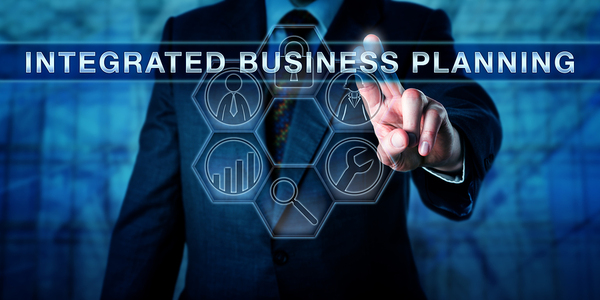
“Pay no attention to the man behind the curtain.”
That famous line from The Wizard of Oz is still used today to indicate the work done behind the scenes in back-end functions that deeply impact the quality of customer experiences.
If your back-office functions are faltering, it’s going to affect the front-office, customer-facing component of your business. The recent post Top Enterprise Cloud Computing Trends of 2018 provides powerful examples of how ERP tools can transform the operations throughout an enterprise while delighting customers.
Here is a closer look at how a cloud enterprise resource planning (ERP) solution can improve front-end experience with better back-end processes.
Breaking Down Silos
In many large organizations, silos develop naturally. Those silos are strengthened when different business systems are deployed that do not integrate or allow for sharing of data.
A cloud ERP solution provides for powerful opportunities to emerge, allowing companies to integrate their data and functionality. With a shared, single source of information, silos begin to crumble. In their place, workers have transparent perspectives on data and needs, allowing employees to work together to solve problems and suggest alternative ways of doing business.

Better Feedback
An ERP solution integrates customer service, sales, help desk and other front-facing systems with back-office functions like marketing, finance, production, operations, inventory, contracts management, and human resources. When working together, there are better functions available to allow issues raised by customers or sales leads with the areas of the organization that schedule, make, and ship products.
Product quality can slip if insights gained by help desks and customer service reps cannot make it to the key decision-makers. In addition, if data on returns, complaints and shipping issues are not easily measured and used, then customer retention and corporate reputations can quickly slip.
Improved Efficiency
New perspectives bring with them new solutions. Integrating back-end functions with front-end areas can help identify pain points that are slowing down operational efficiency. By allowing more eyes to tackle these issues from different and diverse perspectives, companies can bring more insights and ideas to bear.
This notion applies not only to internal functions but also to supply chain providers and partners. By sharing data and challenges, enterprise companies can find better solutions in shorter time that benefits the entirety of the organization.
Direct Impacts
How can these functional, system focuses improve the customer experience? Here are just a few examples:
- Retailers can identify trends and preferences earlier that allow for new designs and products to hit shelves faster. Similarly, food manufacturers can identify taste and ingredient preferences and adjust recipes and create new SKUs.
- Chemical manufacturers can gain a better handle on inventory and the quality of delivered products, resulting in faster classifications of finished products to meet contractual demands.
- Construction manufacturers can track feedback from farmers to ensure dwellings can withstand tornado seasons and reduce the number of wicked witches killed.
The impact of integrated ERP tools can be seen in all areas of an enterprise. At Denovo, we provide cloud ERP solutions that allow companies to build dynamic platforms on which to manage their work and improve outcomes. To learn more about Denovo’s cloud ERP tools, schedule a free consultation.

See how integrating front- and back-office functions drives better customer experiences @DenovoCloud #
